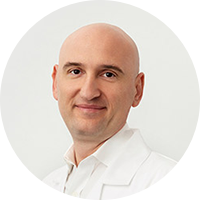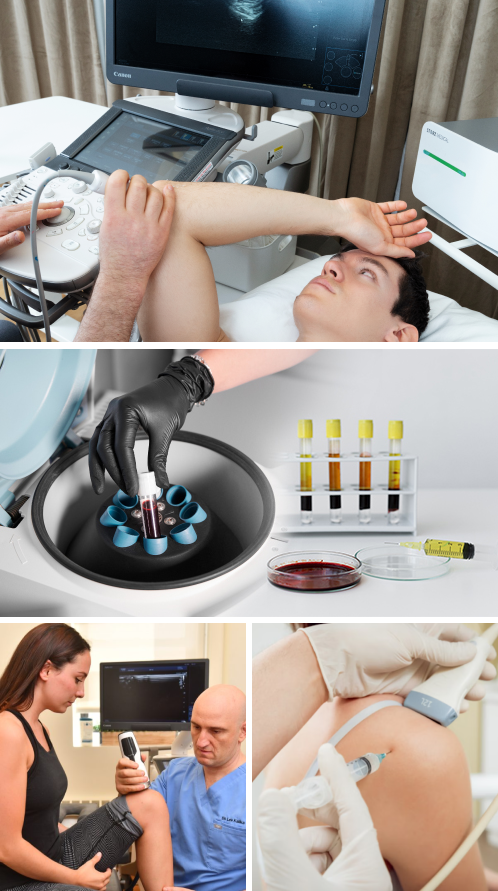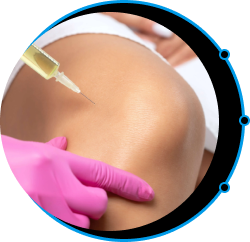Why Patients Choose NYDNRehab for PRP Therapy
Many clinics offer needling therapies, but most of them do not feature on-sight diagnostic ultrasonography, which requires a highly skilled and experienced doctor. Without the ability to visualize damaged tissues, it is impossible to accurately target them with PRP. We use the most advanced PRP processing equipment for blood profiling and platelet extraction, to ensure a high concentration of at least 4 billion platelets for effective results.
Prior to platelet rich plasma injections, we prepare the body with physical therapy, dry needling , osteopathic manipulations and fascia manipulation. The musculoskeletal system relies heavily on stability generated by fascia’s tensile properties. Fascia must be able to stretch and glide, to empower the body’s structures to move freely without friction.
Densified fascia and adhesions can pull against newly reinforced tissues, causing them to fray or break. Damaged fascia and torn non-tendinous muscle attachments can interfere with coordinated muscle activation patterns, creating overload on other structures, causing pain and limiting mobility.
Identifying damaged fascial planes requires a sophisticated clinical skill set, to determine loss of tensegrity and load transfer failures. Once identified, we use interfascial plane hydrodilatation injections, prior to or in conjunction with PRP, to release fascial densifications and restore gliding and tensegrity.
At NYDNRehab, extracorporeal shockwave therapy (ESWT) and prolotherapy are used in conjunction with PRP to optimize its regenerative effects, and to enhance the integrity of stabilizing structures surrounding the treated joint. ESWT prolongs the activation time of PRP while simultaneously stimulating production of the body’s own growth factors. In many instances, ESWT is more effective for cellular repair than PRP, and less invasive. Patients choose NYDNRehab over other clinics based on our expertise and experience. Our integrative holistic approach and our proven track record of successful results, along with our cutting-edge technologies and therapies, make NYDNRehab the clinic of choice for PRP therapy in NYC.



























































